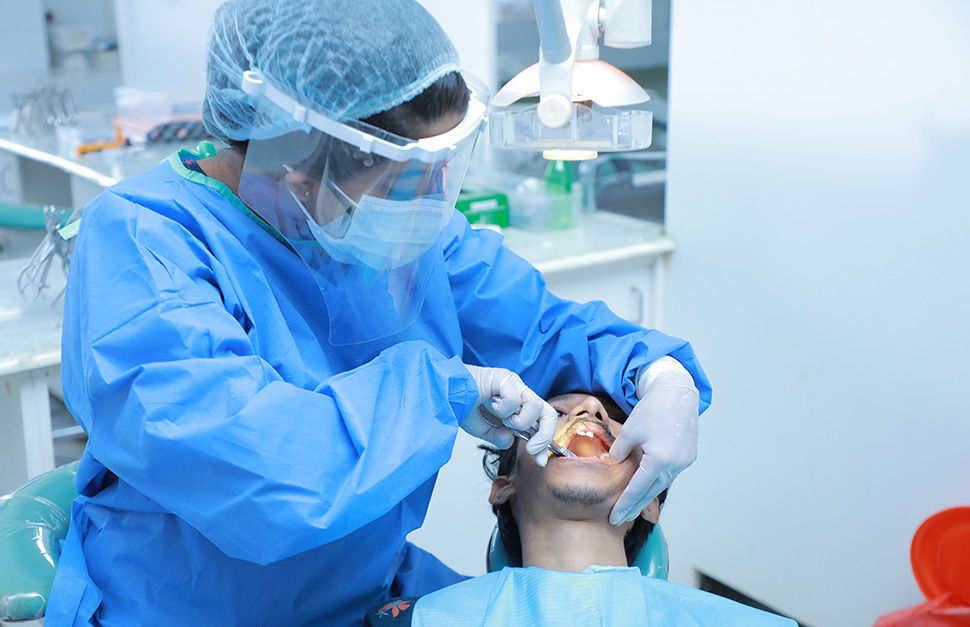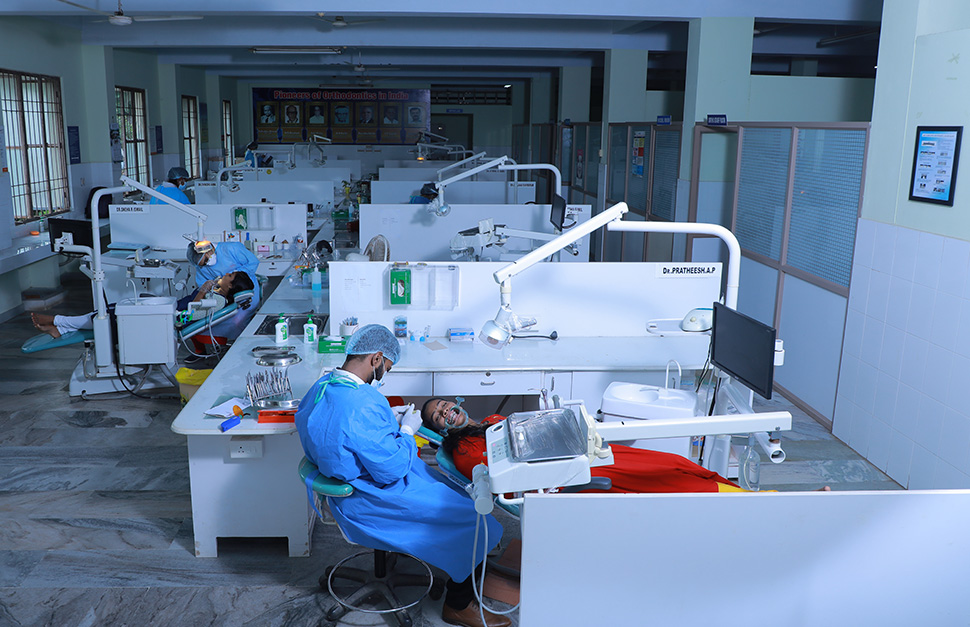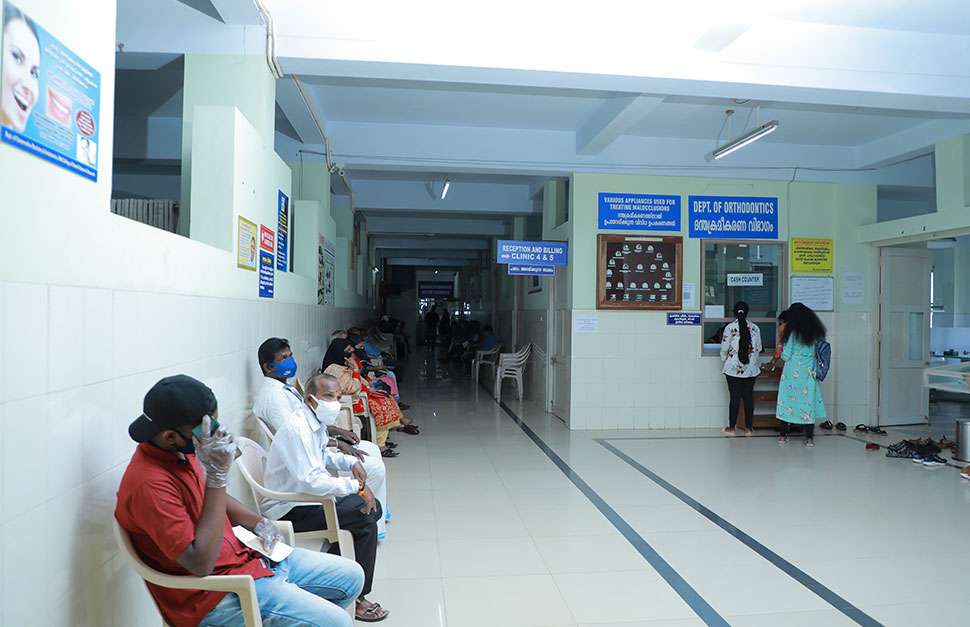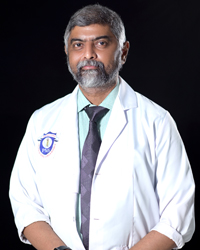
Orthodontics is the branch of dentistry concerned with prevention, interception and correction of dental irregularities known as malocclusion and more complex abnormalities of the dento-facial region. It envisages the merging of knowledge of tooth movement with technology and mechanics to bring about a harmonious and aesthetic dento-facial form and function.

Department of orthodontics and dentofacial orthopaedics trains and educates the undergraduate students to be competent in identifying, treating and managing patients who require preventive, interceptive and corrective care of malposed teeth and jaws. The teaching program includes extensive clinical and laboratory training of the students in the areas of removable and functional orthodontic appliances.
Postgraduate orthodontic program at the PMS College of Dental Science and Research is an intensive and exciting course which aims not only to develop orthodontists but also to enhance their career development to focus on either clinical practice, education or research. A formal training through a graded system of education, will equip the trainee with skill and knowledge at its completion to be able to practice both basic as well as advanced Orthodontics.

At the end of the Postgraduate course the student will have gained the knowledge and acumen – to practice the speciality efficiently and effectively, backed by scientific knowledge and skill, to develop and enhance the skill in comprehensive orthodontic assessment and diagnosis, to develop a higher level of competency in delivering interceptive orthodontic procedures to prevent or reduce the intensity of future problems and, if appropriate, to carry out orthodontic treatment in children and adults using a variety of appliances as per best current practice, ability to recognize and manage complex orthodontic and orthognathic cases, every candidate should participate in the teaching and training program of undergraduate students, enabling them to pursue an academic career, should they choose.
The department has advanced diagnostic and planning software like the Nemo Ceph and Dolphin imaging, that helps in the prediction of outcome of orthodontic and surgical cases for various inter-departmental procedures.
Jaw Alignment: Importance and Correction
Improper jaw alignment or malocclusion can lead to many problems over time. Misaligned jaws and uneven bite can cause a person to experience difficulties with breathing, eating, sleeping, talking and leads to quick wearing out of the teeth enamel due to excessive pressure exerted on some teeth. This can also lead to tooth decay, impede nutritional intake (due to improper chewing), disrupted sleep patterns including sleep apnoea, speech impediments like lisping or improper speech articulation. When left untreated, jaw misalignment problems can worsen over time causing serious health problems in addition to pain and discomfort. An orthodontic consultant can help you create a treatment plan that is appropriate for your needs using one or more of orthodontic appliances.
Orthodontic Care for Children and Teenagers
While there is no right time for orthodontic treatments to be carried out after permanent teeth have come into place, replacing the milk teeth of small children. A child between 9 and 14 years (before puberty) is ideally placed to receive orthodontic treatments before their jaws and teeth have settled into permanent positions. In addition to aesthetic correction of teeth and smiles, orthodontic treatments can help children and teenagers to improve their oral health, bite alignment, better their chewing and digestion, improve speech and articulation, and provide a boost to their self confidence.
Children or teenagers who show symptoms like mouth breathing, snoring while sleeping, misaligned bites, crooked or crowded teeth, or difficulties with speech or eating should necessarily see an orthodontist so that the issues can be corrected at the earliest. Along with physical health implications, these dental issues can cause a lot of emotional challenges for growing children due to anxiety, low self esteem and bullying.
Orthodontic Treatments
There are many reasons why a person opts for orthodontic treatments – to improve their appearance and smile, or to improve chewing function and oral health and correct jaw disorders.
Orthodontic Appliances
There is a wide variety of orthodontic options available now and orthodontists consider various possibilities based on variables like age, possible jaw imbalances, differences in the size of your teeth, and more to decide on which appliance would best suit a patient’s needs.
Braces – Correction of crooked and crowded teeth is easily done with braces that straighten the teeth, improve jaw alignment, and provide a more attractive smile. Braces can be of different kinds – ceramic braces, self-ligating braces, lingual braces, and custom-fit braces.
Aligners – Aligners provide a more discreet way of correcting crooked or crowded teeth when compared to braces. They are clear and invisible shells that are custom-formed to fit over your teeth and gently apply pressure on the teeth to reposition themselves. Aligners are better suited for those who have mild to moderate orthodontic problems.
Retainers – After an orthodontic treatment, using a retainer helps to keep the teeth in their corrected position instead of reverting back to their original positions over time. These clear plastic or wire braces fit snugly behind / over the teeth and provide support to the bones around the teeth as they adapt to the new positions they have been put into during the treatment.
Elastics – In the case of stubborn bite issues or misalignments, orthodontists use latex bands along with the braces to help put additional pressure on the teeth to move to a new position. Tiny hooks on some of the upper and lower brackets are used to attach the elastic bands to connect teeth in the upper jaw with those in the lower jaw or to different teeth in the same jaw.
Archwires – In addition to braces and elastics, the orthodontist may also install archwires along the upper or lower arch of the teeth in order to move the teeth into their correct position. This helps to correct irregularities in the positioning of the teeth and maintain their new positions.

